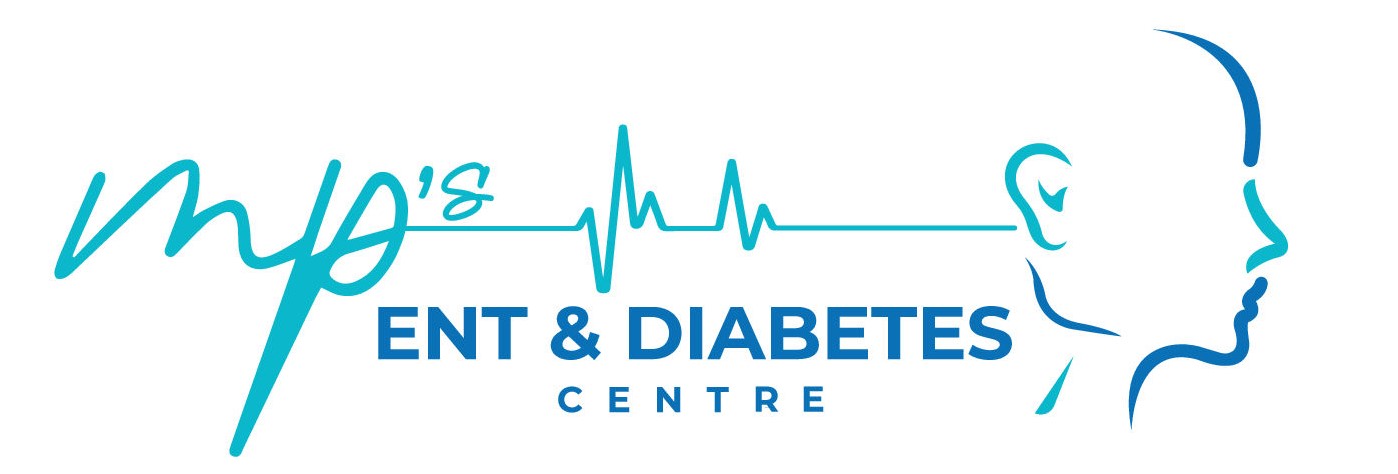Services > Endoscopic Sinus Surgery
Endoscopic Sinus Surgery
🔎 Endoscopic Sinus Surgery (ESS): What You Need to Know
🌿 What is Endoscopic Sinus Surgery?
Endoscopic sinus surgery (ESS) is a minimally invasive procedure used to treat chronic sinusitis and other sinus-related conditions. It involves using a thin, flexible tube with a camera (endoscope) inserted through the nostrils to view and remove blockages, inflamed tissue, or polyps.
🩺 When is ESS Recommended?
ESS is typically performed when:
- Chronic sinusitis doesn’t respond to medications (antibiotics, steroids).
- Nasal polyps or growths block airflow.
- Recurrent sinus infections affect quality of life.
- Sinus tumors or cysts are present.
- Deviated septum or other structural issues obstruct breathing.
🔥 Conditions Treated with ESS
- Chronic sinusitis: Long-term inflammation of the sinuses.
- Nasal polyps: Noncancerous growths that block nasal passages.
- Fungal sinus infections: Caused by mold or fungi.
- Sinus tumors or cysts: To remove or biopsy abnormal growths.
- Obstructed sinuses: Due to anatomical abnormalities.
⚡ The ESS Procedure: Step-by-Step
- Anesthesia:
- Typically performed under general anesthesia, but sometimes local anesthesia with sedation is used.
- Endoscope Insertion:
- A small, flexible camera is inserted through the nostril for visual guidance.
- Removal of Blockages:
- Using tiny surgical instruments, the surgeon removes:
- Inflamed sinus tissue
- Nasal polyps
- Bone or tissue blocking drainage pathways
- Using tiny surgical instruments, the surgeon removes:
- Sinus Drainage Improvement:
- In some cases, the surgeon may enlarge the sinus openings or insert stents to keep the passages open.
- No External Incisions:
- Since the surgery is performed through the nostrils, there are no visible scars.
🔥 Benefits of ESS
- Minimally invasive: No external cuts or incisions.
- Shorter recovery time: Most people return to regular activities within 1–2 weeks.
- Improved sinus drainage: Reduces blockages and improves airflow.
- Better quality of life: Decreases sinus infections, congestion, and headaches.
🩹 Recovery & Aftercare
- Initial recovery:
- You may experience nasal congestion, mild bleeding, and fatigue for the first few days.
- Use saline nasal rinses to clear mucus and prevent infection.
- Activity restrictions:
- Avoid heavy lifting or strenuous activity for 1–2 weeks.
- Don’t blow your nose forcefully for 10–14 days.
- Medications:
- Nasal steroids or saline rinses to reduce inflammation.
- Pain relievers (acetaminophen) for discomfort.
- Follow-up:
- You’ll have post-operative visits to remove crusts and monitor healing.
- Full recovery takes about 4–6 weeks.
💡 Risks & Potential Complications
Although ESS is generally safe, some risks include:
- Bleeding: Mild bleeding is common but usually resolves.
- Infection: Rare, but antibiotics may be required.
- Scarring or adhesions: Scar tissue can form, causing minor blockages.
- Changes in smell: Temporary or, in rare cases, permanent.
- Orbital complications: Rare but possible damage to the eye or surrounding structures.
🔍 Alternatives to ESS
- Medical therapy: Antibiotics, steroids, and nasal rinses.
- Balloon sinuplasty: A less invasive option using a balloon to open sinus passages (best for mild cases).
- Functional endoscopic sinus surgery (FESS): A more extensive version of ESS for complex cases.
✅ When to Consider ESS
You may be a good candidate for ESS if you have:
- Chronic or recurrent sinus infections that don’t respond to medications.
- Severe congestion or breathing difficulties caused by sinus blockages.
- Nasal polyps causing frequent nasal congestion or loss of smell.
- Sinus-related headaches or facial pain.
🌿 Post-Surgery Tips for Faster Recovery
- Use a humidifier to keep the air moist.
- Drink plenty of water to thin mucus.
- Sleep with your head elevated to reduce swelling.
- Avoid irritants (smoke, dust, and strong smells).
